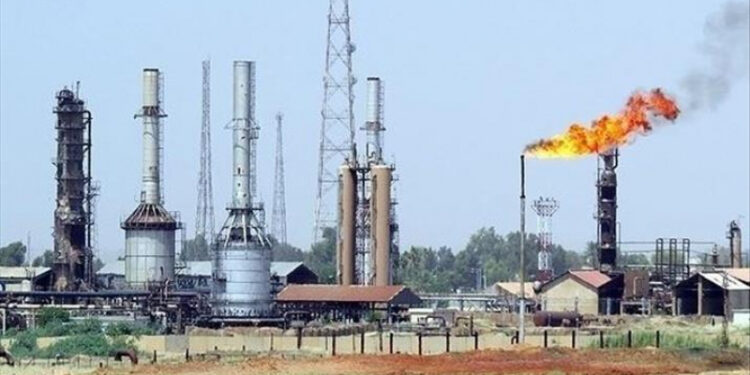The production of crude oil in Tunisia reached 629 kt at the end of June 2025, a drop of 9% compared to the same period in 2024, according to the energy situation report published by the National Observatory of Energy and Mines. This decrease concerns the majority of oil fields, while a few sites have recorded a notable increase.
The national oil production fell, from a daily average of 29.6 thousand barrels/day in June 2024 to 27 thousand barrels/day in June 2025.
Progressive exhaustion of certain major deposits
Among the fields most affected by this drop: Nawara (-54%), Ashtart (-19%), El Hajeb/Guebiba (-19%), Barka (-79%), Gherib (-21%), Halk El Manzel (-13%), Sidi Marzoug (-4%), Hasdrubal (-9%), Adam (-7%)
On the other hand, other fields have progressed, including Ezzaouia (+83%), Gremda/El Ain (+179%), DST (+69%), MLD (+12%), Bir Ben Tartar (+17%).
Experts in the energy sector attribute this overall drop to the progressive exhaustion of certain major deposits and to a contrasting dynamic between declining fields and recovery sites.
Demand for slightly increased petroleum products
The national demand for petroleum products recorded a slight increase of 1%, reaching 2248 KTEP at the end of June 2025.
Essence, aviation jet and oil coke increased from +2 to +3%. GPL consumption jumped +8%, now representing 18% of total consumption (compared to 17% in 2024). Fuel fell, from 4% to 3% in the energy mix. Road fuels remain dominant, with 63% of total consumption.
Note: the oil coke, used exclusively by cement factories, has increased by 3%, but its use remains substitutable by natural gas and heavy fuel.
The Tunisian oil sector confirms its downward trend in production, while domestic energy demand continues to grow moderately.








